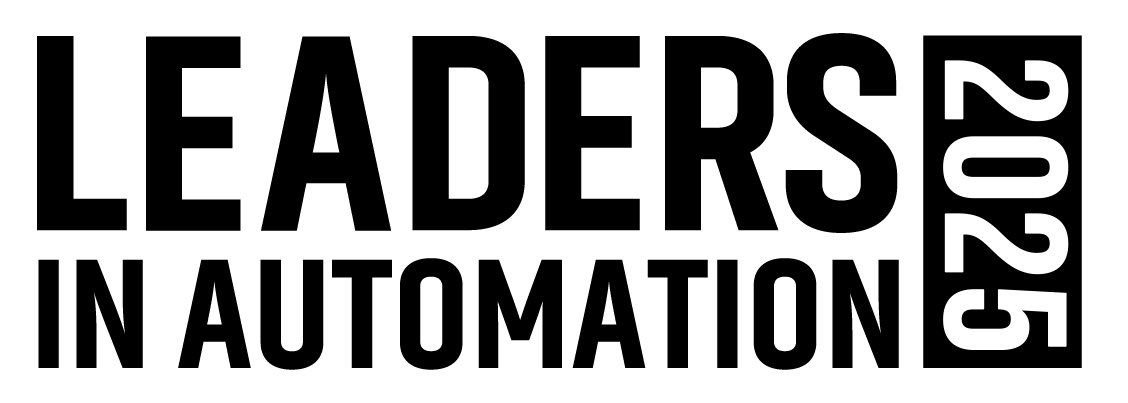Technologies to Advance the Carbon-Capture Value Chain
In a recent episode of Control Global’s Control Amplified podcast, Brandon Bromberek, VP of oil and gas for Emerson's measurement solutions business, discussed the role of carbon capture utilization and storage (CCUS) in addressing climate change.
Bromberek emphasized that carbon capture is crucial for achieving a net-zero emissions scenario by 2050, as simply reducing emissions won't be sufficient. The carbon capture value chain involves five key parts: identifying CO2 emission sources, employing systems and technologies for CO2 removal, treating the captured emissions, transporting them through pipelines or vessels and determining the end-point usage, which can include sequestration or utilization in various industries.
For automation engineers, Bromberek highlights the complexity of the carbon capture process and the need for a comprehensive approach. He suggests that companies are more likely to adopt a hub or cluster concept, where multiple entities collaborate on different parts of the value chain to enhance efficiency. Additionally, tracking CO2 molecules throughout the process is crucial for accurate measurement and maintaining a mass balance.
To learn more about CCUS and Emerson’s role in combating climate change, read this article from Control here.

